Exclusive: This 28-year-old wildlife photographer supports conservation efforts while cherishing luxury wildlife experiences
At the age of 23, Suyash Keshri quit his job in the US and returned to India to work for wildlife conservation. Today, a few years later, he is taking tourists on spectacular wildlife safaris and empowering local communities to advance India’s conservation landscape.
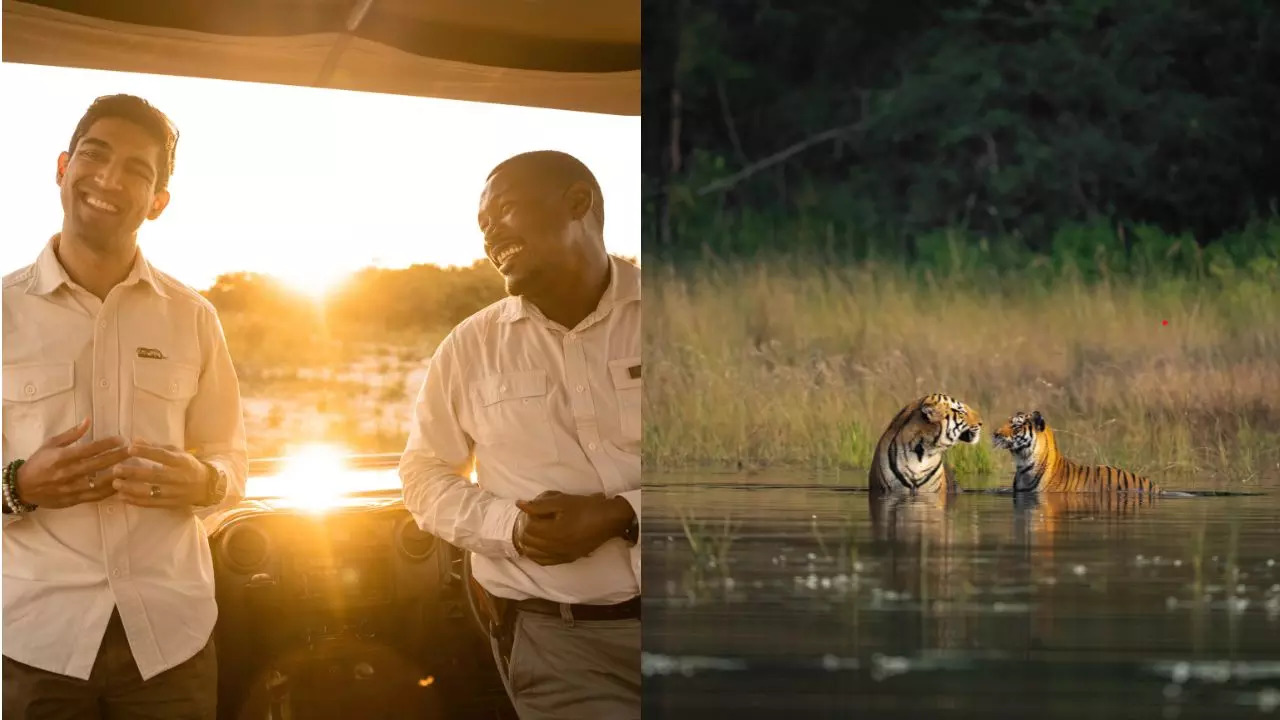
This wildlife photographer supports conservation efforts while cherishing luxury wildlife experiences
“I once went to a zoo with my grandfather in Kolkata. In the late 90s and early 2000s, it was one of the biggest zoos in Asia, where you could see tigers in cages. And, of course, I started jumping in joy, clapping. And there was a tigress. She was in a very dark cage. I still remember that. And at that time, my grandfather came to me and said, son, do you like watching these animals? Do you enjoy watching these animals? And I said, yes, grandfather, I like it very much. And he said, it’s awesome. I’m thrilled to see it. But these animals are not the same animals you see on TV. They are caged for the rest of their lives. I think that changed my heart and broke my heart at a very young age.” Suyash Keshri When we discussed his love for animals and wildlife he said.
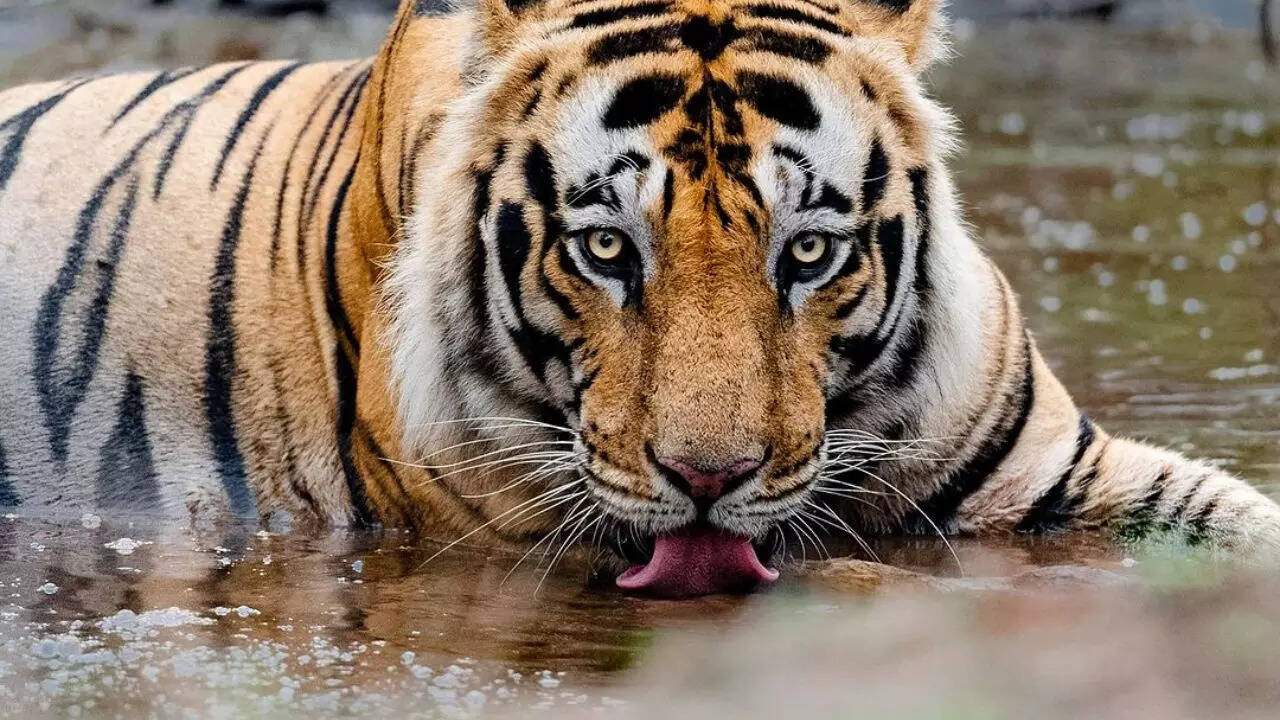
Keshri is no ordinary twenty-year-old. Growing up in Madhya Pradesh, India, Keshri developed an innate connection with the wilderness that set the course of his life. He grew up watching wildlife shows presented by legends like Steve Irwin, Steve Backshall and even Bear Grylls and always wondered what it would be like to showcase the beauty of Indian forests through the eyes of an Indian. And that is exactly what he did. Although he would have chosen a different path, at the behest of his family and society (“people didn’t really consider wildlife conservation as a career”), he quit his job in the US in 2019 to pursue his childhood passion for wildlife.
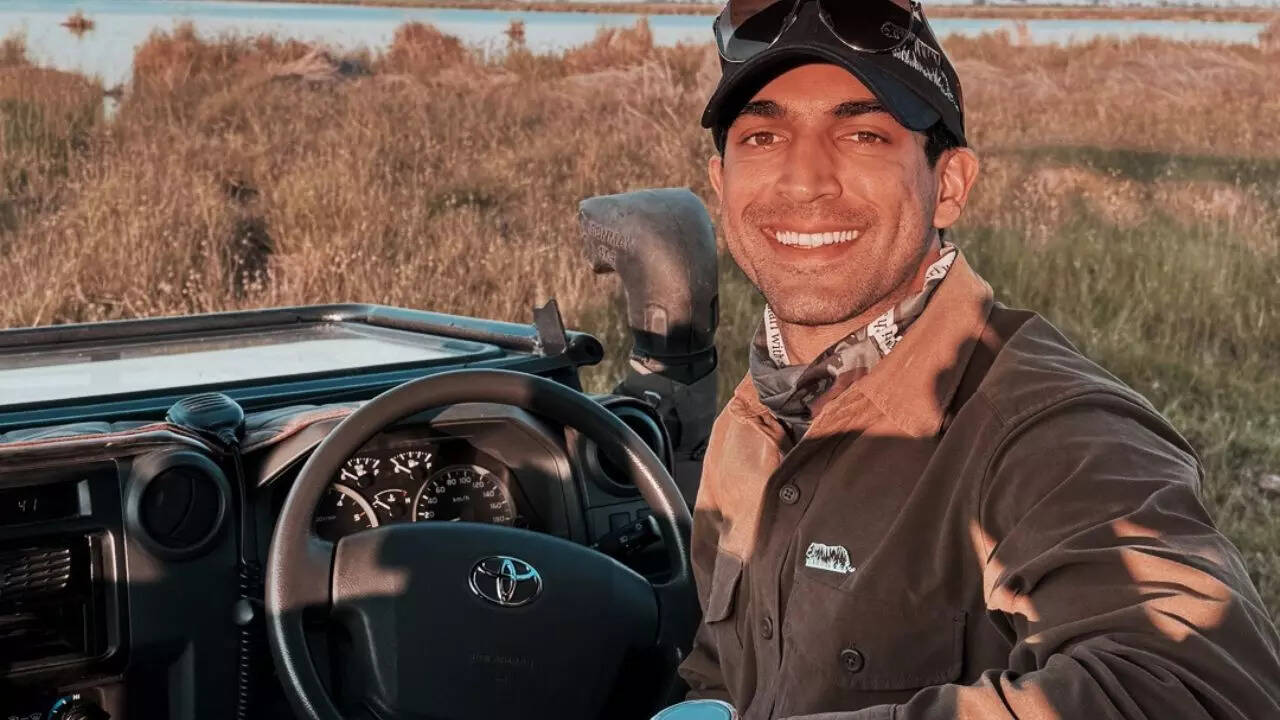
Suyash told us, “I came back and my idea was to return to my home, to Madhya Pradesh. Inside Bandhavgarh National Park, I started following this tigress that I knew since she was a cub – alone. I started documenting her; I believe it was exciting for people to see a 23-year-old speaking, whereas usually your wildlife presenters are in their fifties, which is fine. But I think a young person gives a new flavour to everything.” Her death in 2020 after being poisoned by locals marked a turning point in this young man’s journey. It inspired him to pay equal attention to wildlife conservation along with the specimens in his camera.
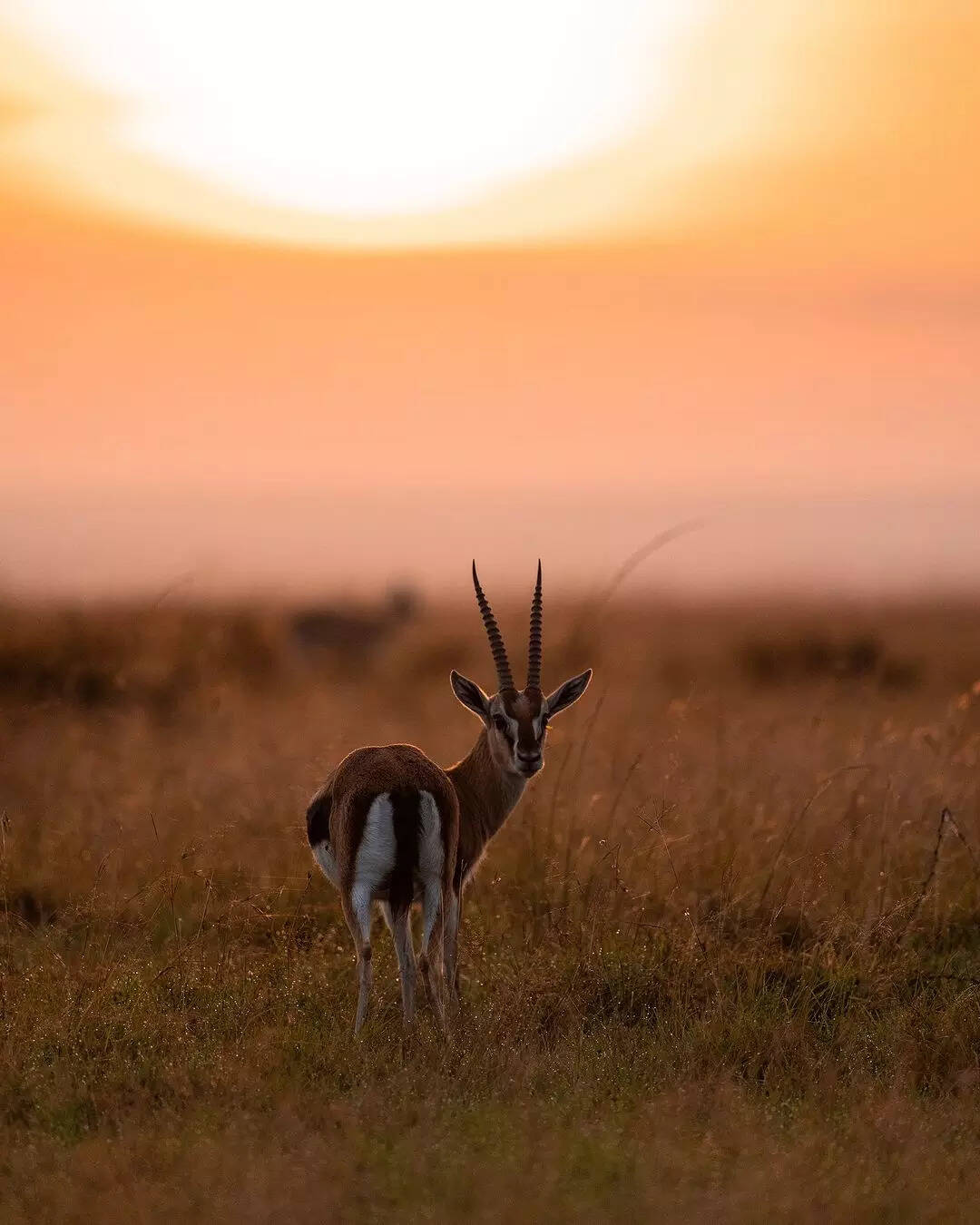
During this time, he started getting requests from people who had seen his impressive series on the big cats of India, which was later named ‘Safari with Suyash’ by WWF International. That’s when he got the idea of incorporating wildlife experiences into his filming.
His understanding of the challenges faced by wildlife and a desire to create a concrete impact led him to establish Amelia Safaris. This venture is not just a luxury travel company; it is a platform to connect travelers with the wonders of the natural world while funding conservation efforts. He and his team began leading conservation efforts in local forests. They built water pits for tigers, brought electricity to 175 anti-poaching camps, donated boots and raincoats, and gave equipment to 600 rangers to improve their conservation efforts. All this happened when he was just 25 years old!
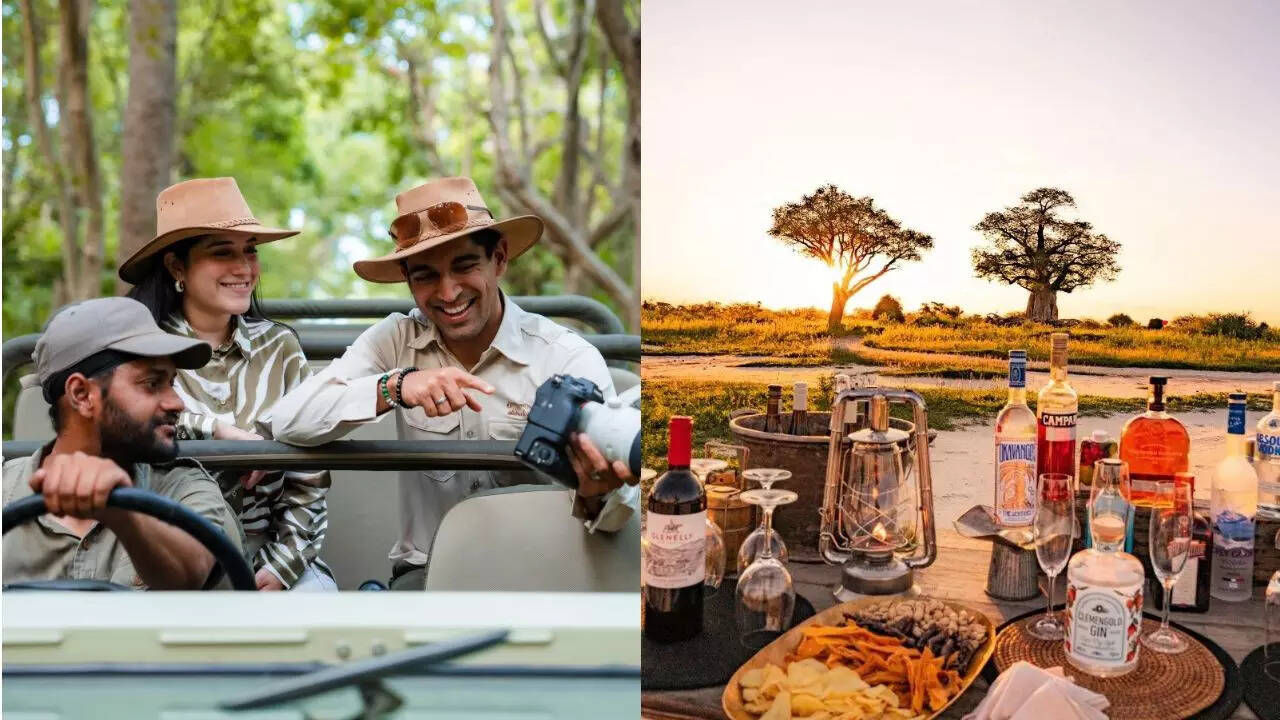
“I wanted to turn the company into a group that extends beyond one person, which it was. Thinking about the name, we landed on Amelia. Amelia is the name of a water hole in Bandhavgarh. It is actually Imiliya, which means sour water. But in conversation, it always sounds like Amelia,” Keshri explains. And from 2021 to 2024, they have had over 450 guests from India and around the world, including political figures and celebrities. “We even invited Raveena Tandon on a safari. I think the best and most important thing we achieved in this case was connecting people to nature more than ever before. Our aim is to have a positive impact on people, planet and places,” he says.
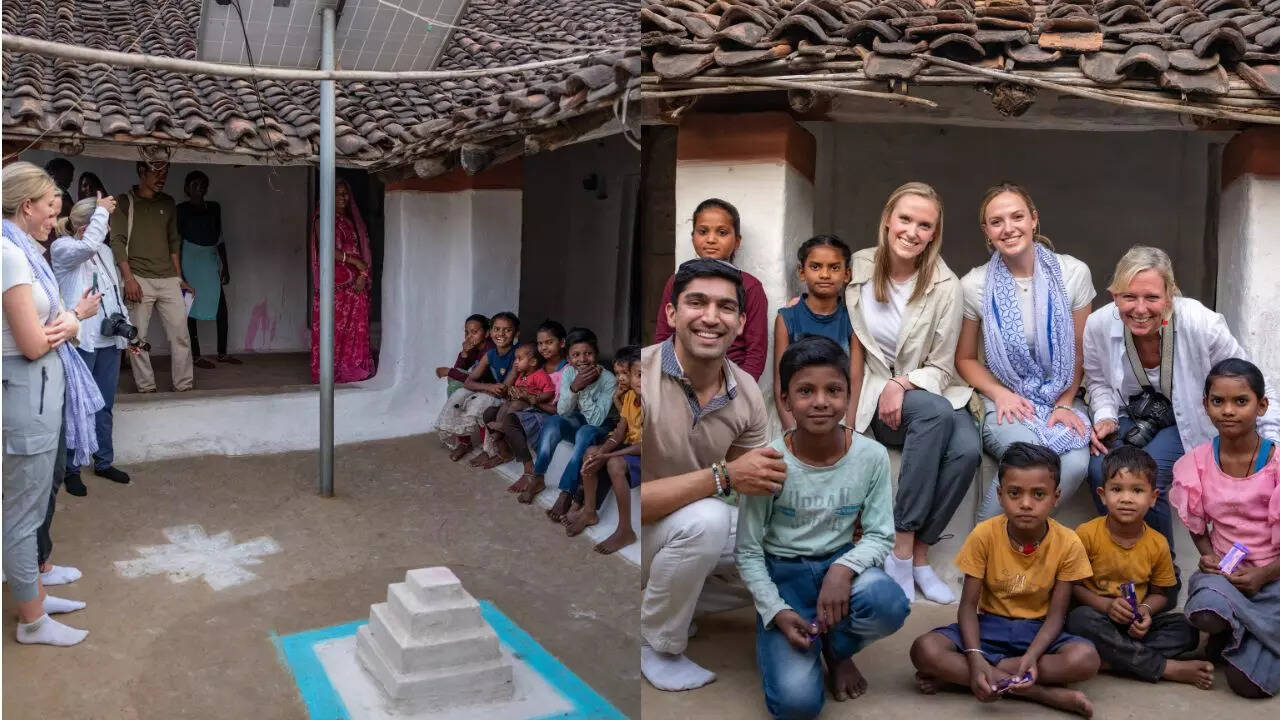
Safaris with Amelia take you from the iconic tigers of the Central Indian Reserve to the water-friendly lions in the Okavango Delta and more, ensuring a personalized experience. And Suyash’s initiatives promote sustainable travel. Their field team is 100% local; they only partner with fair practices, sustainable businesses and lodges, minimizing impact. They also have reforestation as a part of their initiatives and they aspire to plant trees in degraded areas.

He added, “Whatever area we work in, we will advocate for conservation as well as tourism because we really think that when tourism is done in a sustainable and low-impact way, it can really benefit the community.” That’s why Amelia Safaris gives 5% of every safari booking back to local conservation efforts. They’ve run safaris in Kenya, Botswana, Tanzania, Namibia, Zimbabwe, Zambia, South Africa and are now expanding to Rwanda and Uganda.
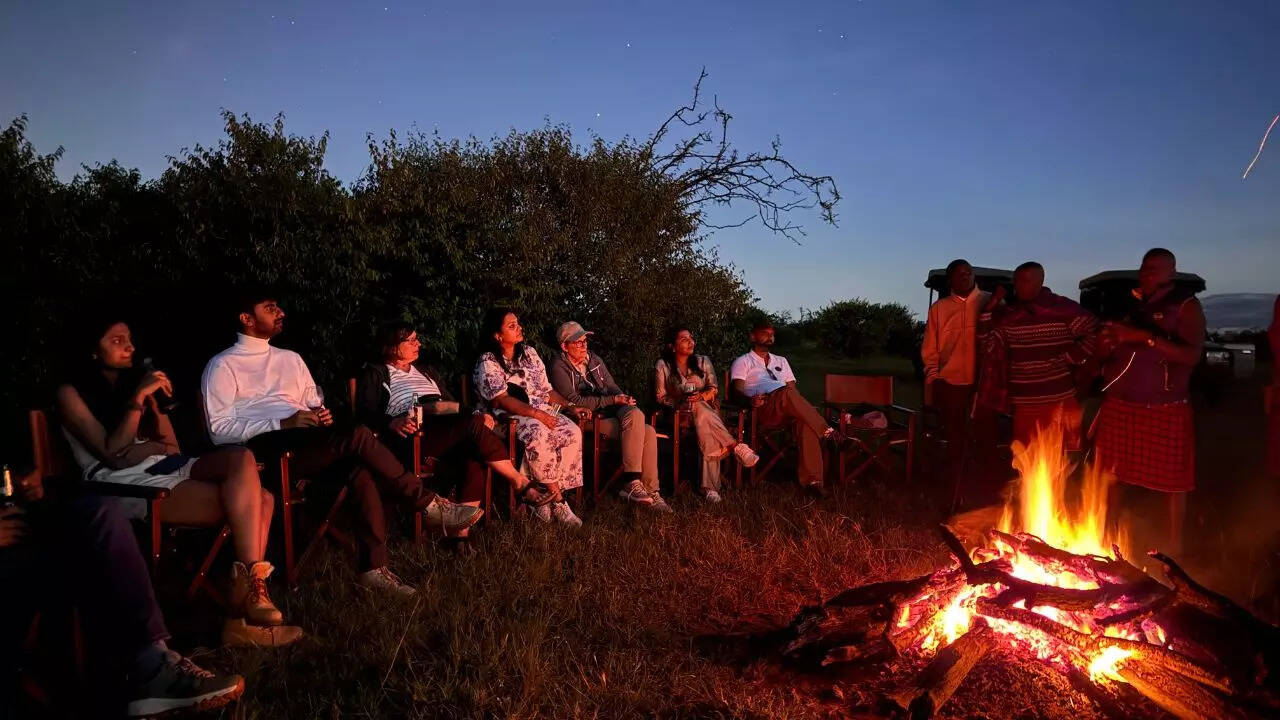
Keshari continues to explore new territories in conservation and luxury travel, but one thing remains constant: his unwavering commitment to protecting the planet’s wildlife heritage. His journey reminds us that even the smallest person can make a significant impact and that the future of our planet is in the hands of those who dare to dream and act.
End of article


